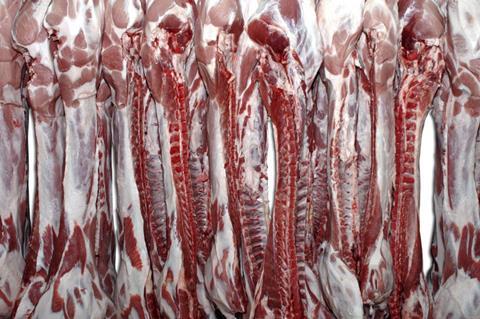
According to Rabobank's Q3 pork report rising disease pressures are challenging the global market. Specifically, African swine fever (ASF) continues to threaten the global pork market, not only by causing a production drop in Asian countries, but also adding uncertainty to trade and production prospects in other parts of the world. While China’s pork prices have started to move higher, production responses in the rest of the world appear cautious. Other factors, including disease management and weather, are hindering production in Europe and Brazil. The resumption of Sino-US trade negotiations is a positive development, implying a chance for China to review tariffs on US pork imports.Other highlights from the Pork Quarterly Q3 2019 include:China: Pig herd losses growingASF continues to spread in China, with new cases mainly reported in South China. Live hog prices are finally moving higher, indicating tight supply. While fresh meat prices are moving, large inventories of frozen meat continue to pressure prices and weigh on market returns.US: Continued production growth in 2H 2019Pork production in 2H is expected to rise, driven by a large breeding herd and improvement in productivity. While pork exports are struggling, the resolution of trade terms with Mexico and Canada should boost exports, and the resumption of trade negotiations with China is a positive. The labor shortage remains a key constraint in 2H 2019.Europe: Production not yet responding to priceASF in eastern Europe remains pressing, discouraging expansion. Summer heat is slowing production growth, contributing to better market prices. Exports have increased from most member states, mainly driven by stronger demand from China.Brazil: Exports move to new highsExports are increasing, driven by Chinese and Russian demand, although pig producers remain skeptical about whether this represents a structural return to growth. Domestic pork prices are rising, as exports are outpacing production growth. If internal consumption picks up in 2H 2019, this will provide further support for prices.
Click here to download the report
This story was originally published on a previous version of the Meat Management website and so there may be some missing images and formatting issues.















